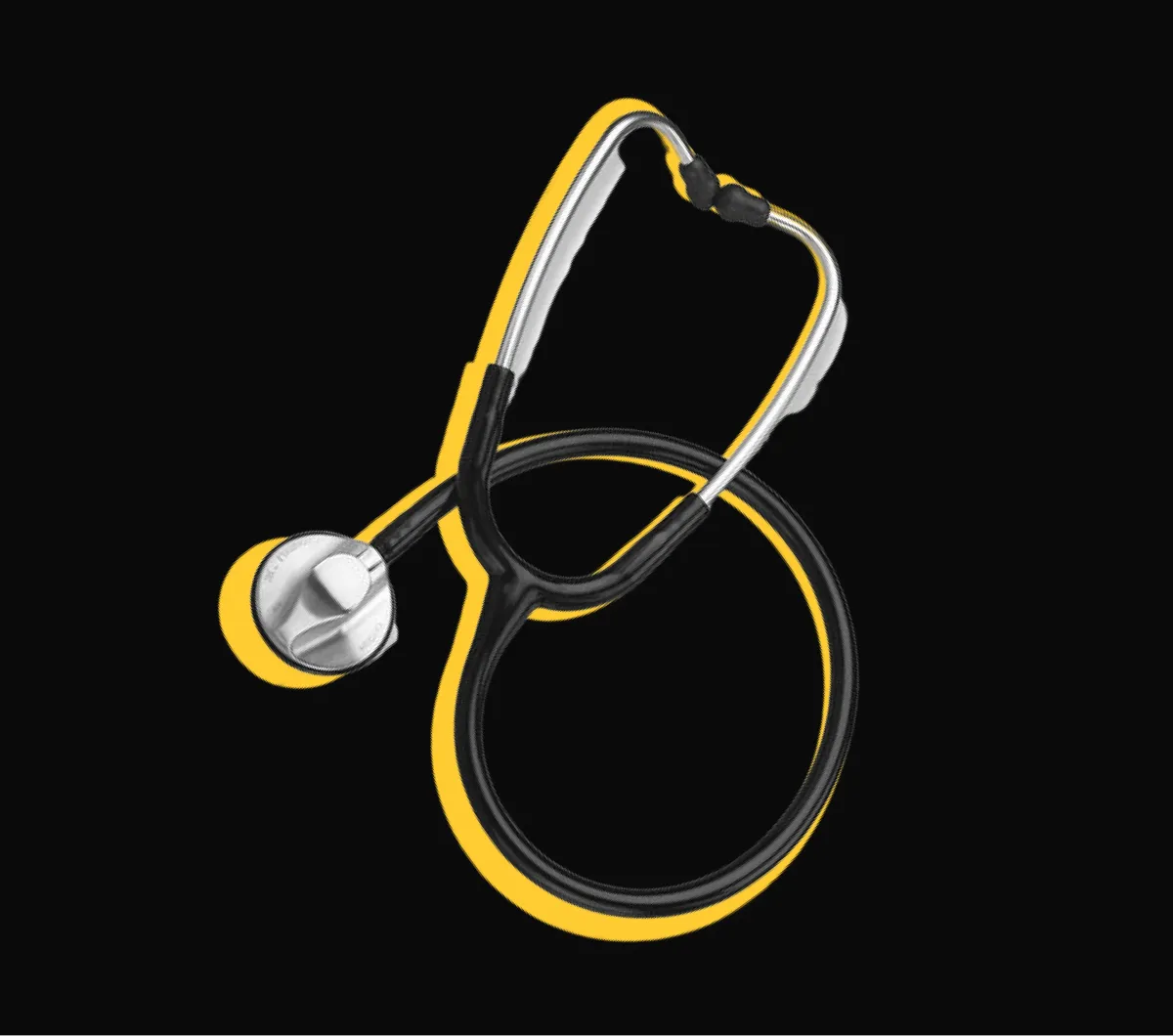WHY IS WHAT IS MEDTECH?PRIVACY SO IMPORTANT?
MedTech (or medical technology) is the application of science methods to develop healthcare solutions, such as the prevention or delay of diseases or the promotion and monitoring of good health. This includes pharmaceuticals, devices, procedures, and computer-supported information systems.
WHAT IS HAPPENING WITH MEDTECH IN THE USA?
To estimate the scale of MedTech expansion let’s have a look at one of its most prominent markets – the USA.
In the United States, patients often receive medical care remotely – this has become a full-fledged alternative to the classic doctor’s visit. The service is called telemedicine (or telehealth). In 2022, the telemedicine market is $12.1 billion, maintaining an annual growth rate of 30%.
If we look at medical tests, it is interesting that not so long ago, Americans could take tests only on doctor’s orders. Even though about 70 million (20% of the population) do not have health insurance and, accordingly, can use medical services only at their own expense. Now in the USA, tests can be ordered via the Internet. There are services like RequestATest, MDsave and others. They allow you to order almost the entire range of analyzes on the website in one click.
The investment dynamics shows the prospects and viability of this business. For example, MDsave, the first online healthcare service in the United States was launched in 2013 with $18 million raised from investors. Now MDsave is represented in 29 states and performs more than 2 thousand transactions per month. The main value of this service is that it allows customers to choose the most convenient healthcare services by comparing prices, location and convenient appointment time.
WHAT ARE THE MAIN MEDTECH TRENDS?
Looking at the situation in MedTech, we will be surprised to find the common trends and well-known drivers for the entire information technology:
1) Artificial Intelligence (AI);
2) Big Data;
3) IoT (Internet of Things);
4) Cloud infrastructure.
Artificial intelligence is one of the most promising technologies in medical technology. AI can learn independently, analyze huge amounts of data and make medical conclusions. Medical companies are also using AI-based algorithms to analyze patients’ DNA and work to treat hereditary diseases at the genome level. Some institutions even have implemented blockchain technologies so that a person can always “control” his own genes.
Biohacking – is also a very rapidly developing and extremely high-tech direction. It is basically a biological experimentation (gene editing, the use of drugs, implants, etc.) done to improve the qualities or capabilities of living organisms. It is worth mentioning though that biohacking today is still quite niche and controversial.
WHAT ARE THE TWO MAIN ASPECTS OF MEDTECH?
- Universal components
Medical companies have the same computerization challenges as the rest. For example, if you create a “smart office” system, the requirements for the clinics lobby and waiting rooms at railway stations, or, let’s say, the premises of pharmacies and shopping malls of supermarkets, are almost the same. Respectively, the components will be the same. - Specific components
The range of devices focused specifically on medical applications is very large.
First, there are expensive specialized devices for CT, MRI, ultrasound and other diagnostics. The supply and installation of such equipment is usually carried out by specialized companies.
But there are also many other devices that don’t usually have a team of adjusters sent with them. These can be, for example, specialized IoT components: drug storage cabinets, “smart mats” that can recognize if the patient is in bed, solutions for automated disinfection, “panic buttons” for calling staff, etc.
IN A NUTSHELL
We are witnessing the times when MedTech is reinventing its model to fit into changing customers’ needs. It’s like the 1990s when IBM shifted from personal computer hardware to a global services powerhouse. While MedTech will continue to implement innovative products, there will be demand for respective IT services and solutions.
For the MedTech industry to continue its growth amid today’s situation, it’s crucial to fit its development strategy within the three current global healthcare priorities: improving outcomes, optimizing costs and expanding access for patients
